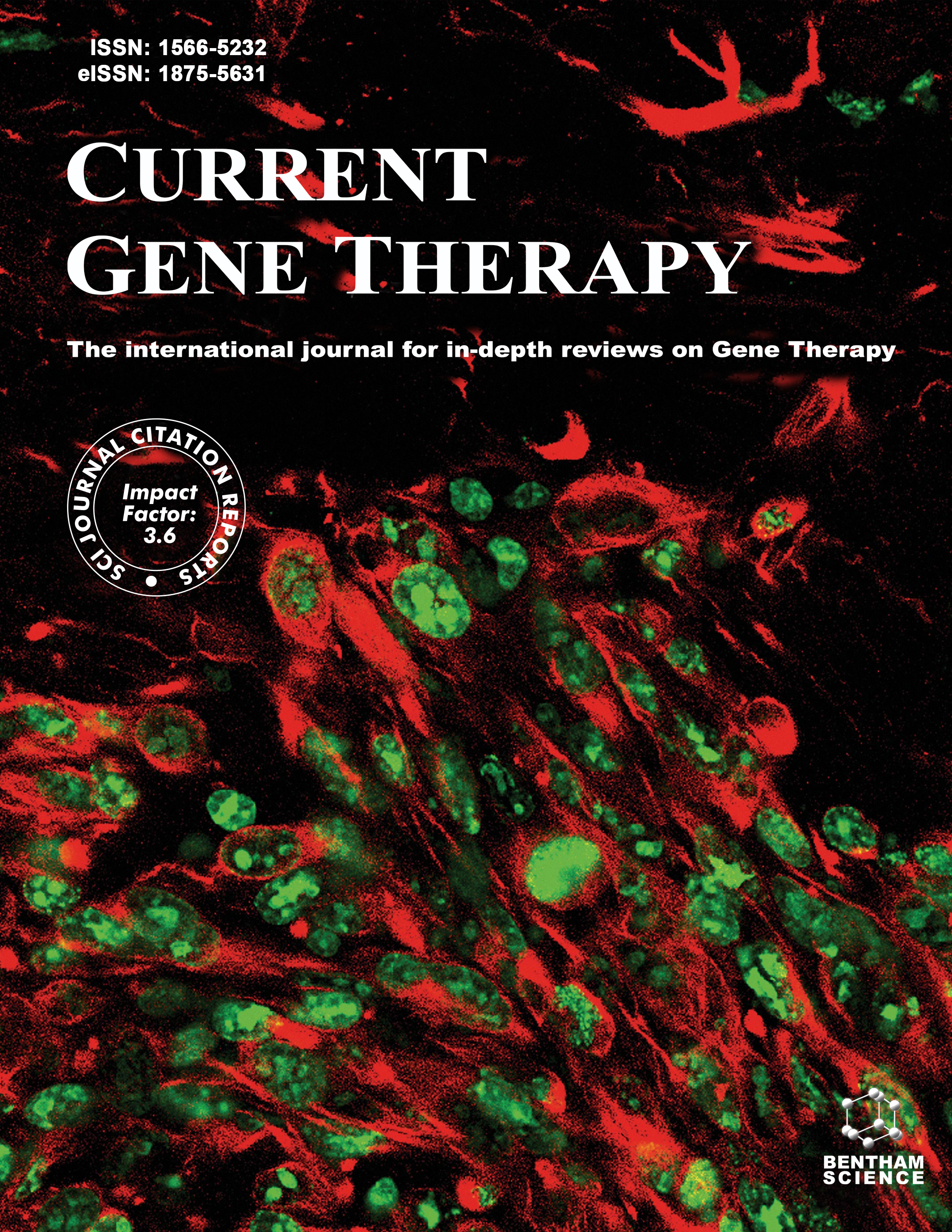-
oa Editorial [Hot topic: Gene Transfer by Electric Fields (Guest Editor: Marie-Pierre Rols)]
- Source: Current Gene Therapy, Volume 10, Issue 4, Aug 2010, p. 255 - 255
-
- 01 Aug 2010
- Previous Article
- Table of Contents
- Next Article
Abstract
Delivery of genetic materials into target cells and tissues has been steadily improving over the years and is starting to fulfil its long awaited promises. Safety concerns are now answered by various non-viral approaches among them being the method of electrotransfer. This physical approach, referred as electroporation or electropermeabilization, relies on the application of electric pulses that transiently and locally permeabilize cells and tissues allowing therapeutic molecules such as anticancer drugs and nucleic acids to be transferred into them. Nearly 30 years after the pioneering work of Prof Eberhard Neumann, electric fields are now used in routine in different countries as a palliative treatment of cancer, a modality called electrochemotherapy. Nowadays, electrotransfer represents one of the most widespread techniques used in molecular genetics. In vivo electrotransfer is of special interest since it is the most efficient non-viral strategy for gene delivery and also because of its low cost, easiness of realization and safety. One of the most widely targeted tissues is skeletal muscle. The strategy is not only promising for the treatment of muscle disorders, but also for the systemic secretion of proteins. Vaccination and oncology gene therapy are the other main fields of application. This, together with the capacity to deliver large DNA constructs, greatly expands the research and clinical applications of in vivo DNA electrotransfer. The mechanisms underlying cell membrane permeabilization and associated gene transfer are not completely understood. Their elucidations are of high importance for improving the current protocols. The purpose of this special issue is to give to the specialist as well as the non-specialist reader current work coming from different complementary research groups from basic science to clinics. These six reviews not only provide extensive insight into our (lack of) current knowledge on gene electrotransfer, but also indicate the gap to transfer them from the cells in Petri dish to the organ in a patient. The first review, by Golzio et al., gives an account of the mechanisms of electropermeabilization in a number of contexts of varying complexity, starting with giant vesicles, discussing single cell level and finishing with the more complex relevant situation that is tissues. Practical aspects of in vivo nucleic acids electrotransfer are described in the second review by Andre et al. Different strategies are presented for each limiting step of the procedure to improve its outcome, with their advantages and drawbacks. The next four reviews provide examples of the use of DNA electrotransfer in pre-clinical and clinical purposes. Chiarella et al. report recent literature on electrotransfer as an effective strategy to improve DNA-based vaccination protocols. The most relevant patents studies developed for the applications of electrotransfer against infectious diseases and tumours in preclinical and clinical studies are given. An overview of the clinical perspectives of DNA electrotransfer to skin is presented by Gothelf et al. The skin is a very interesting tissue, not only due to its accessibility but also to its capability to produce transgenes and elicit immunological responses. The two last reviews by Cemazar et al., and Heller et al., wrap-up studies on electrogene therapy with Il-12 that culminated in the first published clinical study for treatment of subcutaneous melanoma metastases by the group of Prof. Richard Heller and show promise to further translate this therapy into human and veterinary oncology. They discuss preclinically tested gene electrotransfer therapies for melanoma and the conversion of these therapies to clinical trials. My hope for this issue is that the reader obtains an overview of this very active field, showing that this efficient process is more complex than simply pushing DNA through electropores, and inspiring novel applications in nucleic acid delivery. As the development of electrotransfer moves forward, I am highly confident that in the next future several new clinical trials for cancer but also other severe diseases will be initiated. Finally, I want to thank all authors for their insightfulness and dedication and extend my special thanks to the reviewers, to all the students I had the pleasure to supervise, to Dr Jean-Michel Escoffre for his advices and to Brenda and Yves for their hard work and Support.


